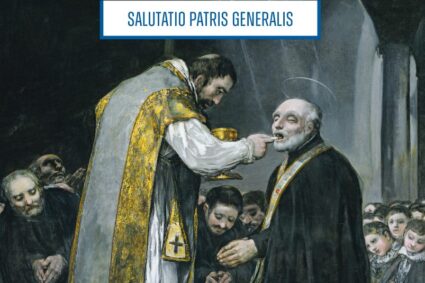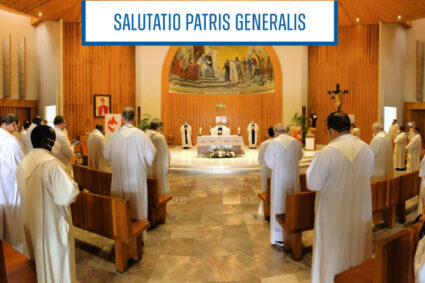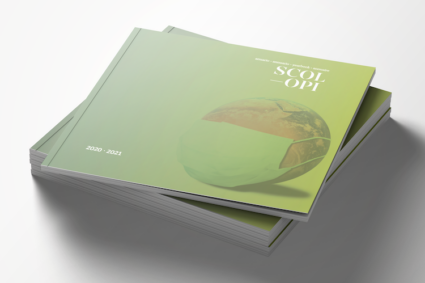
English / Castellano
Saint Joseph Calasanz opened his first school at Saint Dorothy’s Church in the Trans Tiber (Trastevere) section of Rome in 1597. Little by little, Calasanz came to realize that education for the poor could be better offered if members of a religious congregation participated in the ministry. Therefore, at the request of Calasanz, Pope Paul V officially approved the establishment of a new religious congregation with simple vows in a document titled Ad ea per quae on March 6, 1617.
During the next few years, Calasanz became convinced of the need to establish a religious order with solemn vows. Unfortunately, at the time, Church law did not allow for the creation of any new religious orders. Therefore, Calasanz wrote a letter to Cardinal Michael Angelo Tonti in 1621. He asked for an exception to the law. The document, commonly titled a Memorandum to Cardinal Tonti, is probably the most import letter ever written by Calasanz. In it, he described his ideas of the need for a Catholic Christian education for everyone and of the need for a new religious order. Pope Gregory XV officially approved the establishment of a new religious order with solemn vows in a document titled In Supremo Apostolatus on November 18, 1621.
MEMORIAL AL CARDINAL MICHAELANGELO TONTI DE SAN JOSÉ DE CALASANZ (1621)
English / Castellano
San José Calasanz abrió su primera escuela en la Iglesia de Santa Dorotea en el Trans Tíber (Trastevere) de Roma en 1597. Poco a poco, Calasanz se dio cuenta de que la educación para los pobres se podía ofrecer mejor si los miembros de una congregación religiosa participaban en la ministerio. Por tanto, a petición de Calasanz, el Papa Pablo V aprobó oficialmente la constitución de una nueva congregación religiosa de votos simples en un documento titulado Ad ea per quae el 6 de marzo de 1617.
Durante los años siguientes, Calasanz se convenció de la necesidad de fundar una orden religiosa de votos solemnes. Desafortunadamente, en ese momento, la ley de la Iglesia no permitía la creación de nuevas órdenes religiosas. Por ello, Calasanz escribió una carta al cardenal Miguel Ángel Tonti en 1621. Pidió una excepción a la ley. El documento, comúnmente titulado Memorial al cardenal Tonti, es probablemente la carta más importante jamás escrita por Calasanz. En él describió sus ideas sobre la necesidad de una educación cristiana católica para todos y de la necesidad de una nueva orden religiosa. El Papa Gregorio XV aprobó oficialmente el establecimiento de una nueva orden religiosa con votos solemnes en un documento titulado In Supremo Apostolatus el 18 de noviembre de 1621.






